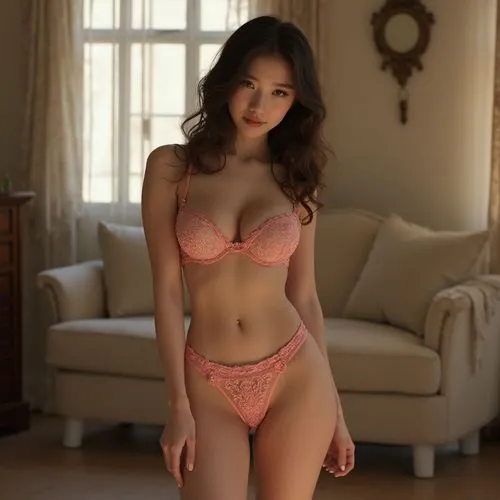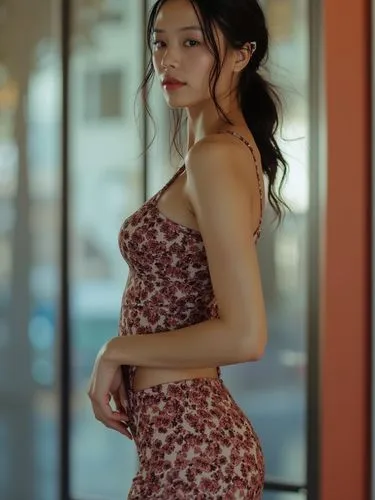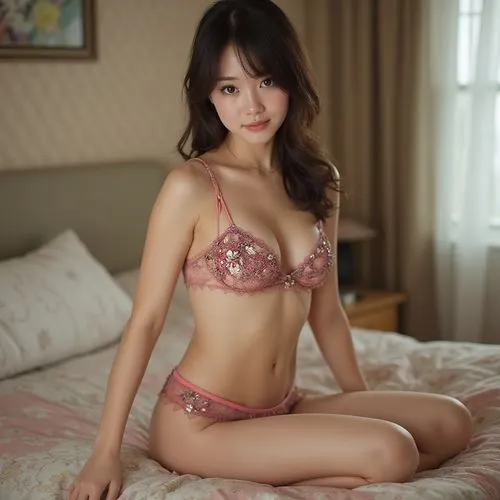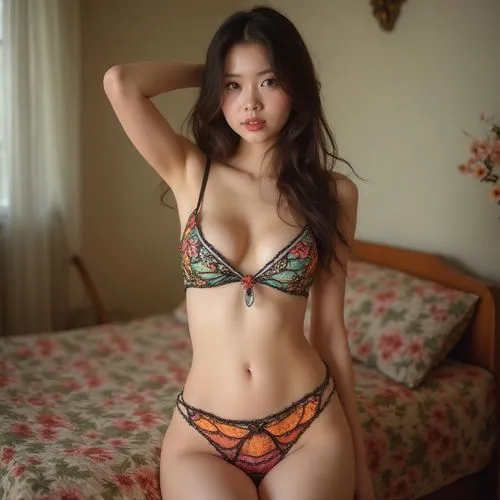Pinsaro venues in Tokyo are part of the city’s night-time urban fabric: compact reception → brief wait → private booth or curtained seat → timed, standardized intimacy. Spaces are typically near major stations, with low light, modular partitioning, and a clear front-desk flow for payment before service. As an ethnographic snapshot, pinsaro sits between lounge-style and private-room formats: scripted intimacy, fixed time slots, and rule-bound “rotation” variants. Users range from 20s to 50s including visitors; language support varies, but the procedure is highly standardized.
1. Overview — what is a Tokyo pinsaro and how does it work?
2. Top Areas & Access — where should you go first?
3. Prices, Time & Eligibility — how much, how long, who can enter?
4. Venue Types & Services — what formats exist and how do they differ?
5. Reservations, Etiquette & Useful Phrases — how to book and behave
1. Overview — what is a pinsaro in Tokyo and how does it work?

1-1 Area overview
Tokyo Pink Salon (Pinsaro) clusters around mega-stations with dense nightlife: Shinjuku (Kabukicho) and Ikebukuro. For Kabukicho’s urban context and safety initiatives see the official Shinjuku tourism bureau’s page on Kabukicho (Shinjuku Convention & Visitors Bureau). Ikebukuro area information is provided by the city’s official tourism pages (Toshima City Tourism Association).
1-2 Venue distribution
In practice, pinsaro doors sit a few minutes’ walk from station exits. Example: a Kabukicho shop like “Betty” publishes hours and location cues right on its official site: 09:00–24:00 (Betty — official). Ikebukuro’s “Star Life” similarly lists 10:00–24:00 and contact (Star Life — official).
1-3 Typical session flow
Flow: reception → choose course (minutes) → pay → wait → booth/seat → finish exactly at time. Check any discount banner (event posts and time-of-day pricing are common) and note ID/age confirmation. Example time-price grids are public on shop banners: “Lucifer” in Kabukicho lists 20 min ¥3,500–¥5,000 (campaigns), 30 min ¥5,000–¥7,000 tiers with conditions (Lucifer — official event pricing).
Table 1: Venue Types & Base Fees
| Venue Type (Example) | Typical Fee (JPY) | Session Time | Area (JP Link) |
|---|---|---|---|
| Pink Salon (Lucifer, Kabukicho) | ¥3,500–¥7,500 (campaign/slot) | 20–30 min | Kabukicho (official) / Shop |
| Pink Salon (Betty, Kabukicho) | Check in-store; hours published | Hours 09:00–24:00 | Kabukicho (official) / Shop |
| Pink Salon (Star Life, Ikebukuro) | From ¥2,980–¥6,000+ (event/time) | 15–30 min (event courses) | Ikebukuro/Toshima (official) / Shop event |
Conclusion → numbers → sources: base daytime campaigns can start at ¥2,980–¥3,500 for 15–20 min at Ikebukuro/Star Life and ¥3,500–¥5,000 (20 min) at Kabukicho/Lucifer. See each shop’s official event or info pages linked above.
2. Top Areas & Access — where should you go first?

2-1 Kabukicho (Shinjuku)
Shinjuku Station is Tokyo’s busiest hub; the nightlife district of Kabukicho sits north-east of JR Shinjuku and just south of Seibu-Shinjuku. Official access references: JR East — Shinjuku Station, and Seibu Railway — Seibu-Shinjuku. For the area context, see Kabukicho (official).
2-2 Ikebukuro (Toshima)
Ikebukuro’s east side concentrates many adult venues. Official access: JR East — Ikebukuro Station and Tokyo Metro — Ikebukuro. Area guidance: Toshima City Tourism.
2-3 Ueno/Okachimachi (Taito)
Ueno is a mixed sightseeing/nightlife base with fast JR/Metro access and late-night amenities. Official references: JR East — Ueno Station and the city’s tourism pages (Taito official, Go Tokyo Ueno).
Table 2: Access & Hours
| Station (Official) | Walk to Core Area | Typical Pinsaro Hours | Area (JP Link) |
|---|---|---|---|
| JR Shinjuku / Seibu-Shinjuku | ~10–12 min from JR to Kabukicho gates; ~5–7 min from Seibu-Shinjuku | Examples publish 09:00–24:00 (Betty) | Kabukicho (official) / Betty |
| JR Ikebukuro / Tokyo Metro Ikebukuro | ~6–10 min to east-side blocks | 10:00–24:00 (Star Life) | Toshima tourism / Star Life |
| JR Ueno | ~5–8 min to nightlife arcs (Ameyoko side) | Varies by venue; many daytime-first | Taito official |
Conclusion → numbers → sources: Shinjuku & Ikebukuro stations (JR/Metro official) put you within ~5–12 minutes of pinsaro clusters; representative hours list 09:00–24:00 (Kabukicho Betty) and 10:00–24:00 (Ikebukuro Star Life). See linked official pages.
3. Prices, Time & Eligibility — how much, how long, who can enter?

3-1 Typical fees
Concrete examples: Kabukicho “Lucifer” campaigns show 20 min ¥3,500–¥5,000 and 30 min ¥5,000–¥7,000 depending on slot and conditions (official event list). Ikebukuro “Star Life” runs “15–20 min from ¥2,980–¥3,300” limited-time events and “30 min ¥5,500–¥6,000” rotation specials (official event page).
3-2 Time structures
Most shops post 20-, 30-, 45-, 60-minute blocks with strict cutoffs. Hours vary by store: Kabukicho “Betty” publishes 09:00–24:00 (official); Ikebukuro “Star Life” lists 10:00–24:00 (official).
3-3 Eligibility & ID
Venues require legal age and may check photo ID at reception. Many discount plans are “on-screen coupon required at check-in” and “no phone reservation” for eligibility (see the conditions embedded in Lucifer’s offerings: official). Carry cash; card acceptance varies by venue.
Table 3: Reservation & Eligibility (what shops state)
| Method | Lead Time | Eligibility / Notes | Official (JP Link) |
|---|---|---|---|
| Walk-in (coupon page) | Same day | Show campaign screen at reception; no phone booking/other discounts permitted | Lucifer events |
| Web reserve (if provided) | Same day–1 day | Slots limited; standard rates may apply instead of campaign rates | Star Life (reserve menu) |
| Open hours reference | — | Check shop front page or info card | Betty (09:00–24:00) |
Conclusion → numbers → sources: “coupon-on-screen” walk-in is common (same-day), with explicit “no phone reservation + show screen” rules; web reserve exists at some shops but may not combine with discounts. See each official page.
4. Venue Types & Services — what formats exist and how do they differ?

4-1 Counter/booth with rotation
A “rotation” plan cycles staff within a single booked time (e.g., two or three shorter sets inside 30–45 min). Shops describe rotation counts in their campaign text (e.g., “2回転/3回転”) — see examples on Lucifer (official) and Star Life (official).
4-2 Nomination/“shimei” formats
Other plans emphasize a single nominated attendant (“本指名/写真指名”), typically at a surcharge shown on the campaign list (e.g., Lucifer lists 指名 tiers alongside time bands: official).
4-3 Time-bands & campaigns
Morning and early afternoon are commonly discounted. For instance, Star Life’s event banner shows daytime specials starting from ¥2,980–¥3,300 (15–20 min) and rotation discounts (official campaign list).
5. Reservations, Etiquette & Useful Phrases — how to book and behave

5-1 How to book
Most pinsaro are designed for same-day walk-in. Many campaigns explicitly say “screen must be shown; no phone reservations; cannot combine with other discounts” — see Lucifer’s conditions (official). Some venues provide a “WEB予約/Reserve” button (see Star Life site navigation: official), but discounted walk-in often remains the norm.
5-2 Etiquette baseline (national guidance)
Soft-spoken manners, no photos, no touching beyond house rules, and punctual exits are standard. For general Japanese do’s and don’ts, the national tourism organization provides practical overviews: JNTO — Manners: Do’s & Don’ts, and JNTO — Nightlife guide. These reinforce polite tone, queuing, and respect for staff instructions.
5-3 Useful mini phrases (plain English → simple Japanese)
- “Do you have a 20-minute plan now?” → 「20分コース、今ありますか?」
- “I’ll do the campaign shown on this page.” → 「このページのキャンペーンでお願いします」
- “No nomination, free course please.” → 「指名なし、フリーでお願いします」
- “Can I pay by cash/card?” → 「現金/カード、使えますか?」
- “Where is the exit time?” → 「終了時間は何分ですか?」
6. Summary and Next Steps

Internal resources on SoapEmpire:
- SoapEmpire — Official
- Tokyo Red-Light District (overview)
- Osaka Soapland Guide
- How to Book in Japan (step-by-step)
- Contact SoapEmpire
SoapEmpire’s recommendation for your first pinsaro night
Tokyo’s nightlife is overwhelming, and the real challenge is not finding a place, but choosing one that matches your time window, budget, and comfort level. With pinsaro venues in dense pockets like Kabukicho and Ikebukuro, options can look similar from the street: same neon, similar price boards, and a maze of elevators. The risk is simple—arrive at the wrong hour, miss the current campaign, or discover that nomination rules, ID checks, or language barriers complicate your plan.
Our practical solution is to align three things before you leave your hotel: (1) a verified venue link with today’s campaign, (2) a target time band (e.g., 20 or 30 minutes), and (3) a basic phrase or two to show the exact plan you want. This converts an uncertain stroll into a predictable, time-boxed experience. In short, you front-load five minutes of prep to save thirty on the street.
SoapEmpire specializes in this exact choreography for first-timers. Because we keep a living index of primary sources (official shop pages for Kabukicho, Ikebukuro, and beyond) we can suggest a short list that fits your schedule—say, a 20-minute daytime campaign near JR Shinjuku or a 30-minute rotation value slot by Ikebukuro East Exit. We’ll sanity-check hours like 09:00–24:00 or 10:00–24:00, flag “screen required/no phone reservation” conditions, and advise on simple wording at reception. Because our recommendations are anchored to official Japanese pages, you have something concrete to show at the door.
For travelers comparing Tokyo pink salon with other formats (soaplands, “health”, themed lounges), we can also map you to adjacent experiences across the city, or alternate nights in Osaka and Fukuoka. The benefit is straightforward: you spend less time second-guessing and more time enjoying a clean, on-time session that matches your expectations and budget.
If you want a frictionless first night, tell us your preferred area (Kabukicho or Ikebukuro works best), a start time, and whether you prefer free-course rotation or nomination. SoapEmpire will return two or three vetted options linked to their current official pages. For reservations or inquiries, please contact us via the inquiry form.
FAQ — quick answers
Q1. How much should I budget for one visit?
A1. For mainstream pinsaro, plan ¥3,500–¥7,500 for 20–30 minutes, cheaper in daytime. See sample shop grids: Lucifer, Star Life.
Q2. Can I book ahead?
A2. Many discounts are walk-in only with “show this screen” rules; phone booking may be disabled for campaigns. Some shops offer web reserve menus, but conditions vary. Check each official page that day: Lucifer, Star Life.
Q3. Is English OK?
A3. Basic English may work, but simple Japanese phrases plus showing the exact campaign page is best. For general manners, see JNTO’s etiquette guide.
Q4. Where should I start?
A4. Kabukicho (Shinjuku) or Ikebukuro. Official access: JR Shinjuku, Seibu-Shinjuku, JR Ikebukuro, Tokyo Metro Ikebukuro.
If you’re interested in visiting any of these places, SoapEmpire offers a 24-hour booking support service for only $10.
Just send the store name, preferred time, and your name (nickname is fine) to: artistatakuma@icloud.com.
We’ll take care of your reservation quickly and smoothly.
※Editor’s note: Venue menus and campaigns change frequently; always re-check the shop’s own page on the same day. Links above point only to primary (official) Japanese sources.